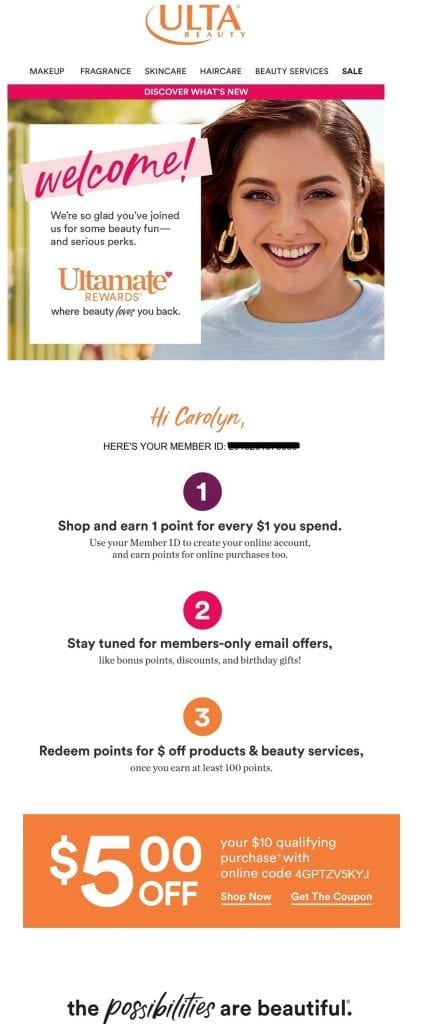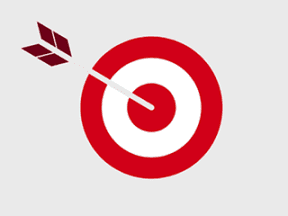A top priority of ecommerce companies is to attract high-converting traffic. Email marketing is a critical bridge to entice prospects to browse and shop. However, increased email competition and mobile distractions make it increasingly difficult to stand out.
A rewards program can help. In this post, I’ll address the advantages of rewards programs and examples of successful implementations.
Getting Started
A rewards program can boost revenue, increase loyalty, and generate new buyers. Successful programs are:
- Simple to understand. The best programs are basic and straightforward. They don’t require a calculator to understand. Many offer a fixed percentage or amount, such as 5-percent back for every $1 spent, or 10 points for every $100.
- Automated. Rewards programs should require little management effort from merchants. Triggered emails are essential for notifications to participants. Reward balances should compute automatically. Physical stores should send automatic emails after each purchase.
- Effortless. The easier it is to enroll, the higher the participation.
- High value. The program should provide tangible, realistic benefits to users. Avoid extended timeframes and high thresholds.
Advantages
Email is among the most cost-effective methods to drive traffic. The result is an avalanche of marketing emails, which creates inbox-overload for consumers, who won’t likely contemplate every offer.
Instead, consumers browse and delete — scanning their inboxes for relevant, useful info. A basic rewards program is:
- Relevant. Since rewards are tied to past purchases, each email is extremely relevant.
- Interesting. Consumers want to be rewarded. The content of a rewards email could include points earned, points required for the next reward, or eligible products for redemption.
- Urgent. Rewards emails can remind participants of post-purchase point totals or close, achievable redemptions.
- Useful. Encourage recipients to save the email by including all info to log in, monitor, or redeem.
Examples
Ulta Beauty’s email below includes an easy-to-understand point system, instructions on how and when to redeem points, and a $5 coupon that entices users to save in their inbox. Premium brands such as Ulta use rewards programs to encourage loyalty and combat lower-cost competitors, including big-box retailers and pharmacy chains.

Ulta’s rewards program encourages loyalty and combats lower-cost competitors.
—
Loft, a female apparel retailer, offers 100 rewards points when participants complete their profile. This helps Loft understand its customers, which enables more relevant email marketing campaigns.

Loft offers 100 rewards points when participants complete their profile.
—
Kohl’s sends customers follow-up emails immediately after in-store purchases. The message updates “Yes2You” reward-point balances and reinforces the benefits of shopping at Kohl’s. Creating a reason for customers to remain with your brand can ensure long term growth. (Amazon Prime, incidentally, is arguably the most successful loyalty program ever, with 82 percent of U.S. households.)

Kohl’s sends an email to customers immediately after their in-store purchases, with updates on “Yes2You” reward-point balances.





